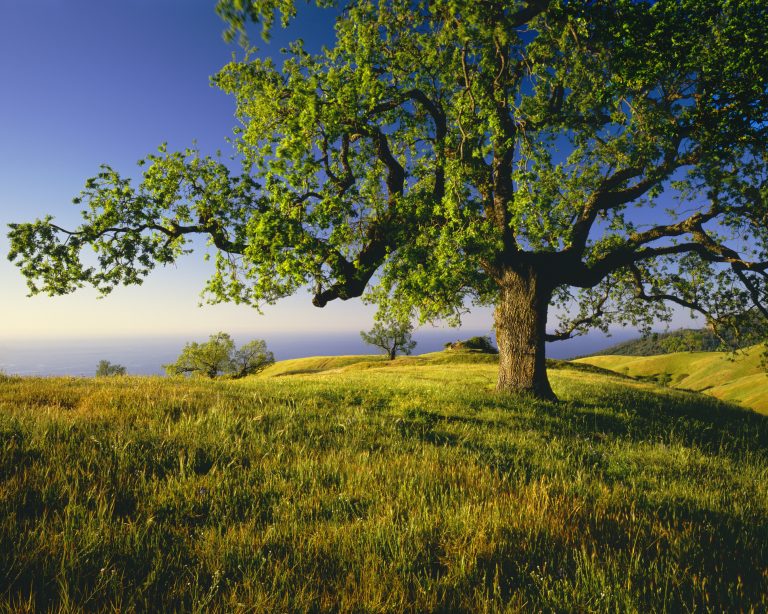In thinking about Tu b’Shvat, an ancient celebration of the new year for trees, I reflected on my personal connection with trees and nature.
I realized that I have a love affair with a tree. While we commonly speak about loving another person or an animal, we don’t generally discuss falling in love with a specific tree.
For some context, Tu b’Shvat is dedicated to the love of trees and the natural world. By the start of the 20th century, the Jewish National Fund helped invigorate the celebration of Tu b’Shvat by making it a national tree-planting day. Today, Jews around the world commonly plant trees to mark a birth, a bar/bat mitzvah or wedding, as well to remember someone who has passed away. As the idea of Tu b’Shvat as a tree-planting holiday gained in popularity during the second half of the 20th century, the holiday became more celebrated as a nature holiday. Environmentalists have become more connected with Tu b’Shvat to celebrate our place within and responsibility for God’s creation. Many people now consider Tu b’Shvat a kind Jewish “Arbor Day,” a day on which to reconnect to the earth and renew our connection to it.
During a recent Torah study session about Tu b’Shvat, I reflected on a tree that I have fallen in love with. For the past 20 years, I have made an annual trip to The Ashram, a hiking/yoga retreat near Malibu, California. During the week, I hike about 80 miles over 7 days and eat a solely vegan diet. On the very long Thursday hike, there is a section involving a hike down the valley and a switch back that leads up a steep section out of the valley. At the U-turn is a beautiful tree standing at the edge of the trail. The U-turn gracefully accommodates its positioning. For some reason, I began to stop and hug this tree. It is very tall with a fork in the main branches. Its branches stretch to the side rewarded with more sunlight. After 13 miles of hiking, I pause and hug the tree, reflecting on the various worries and life challenges with which I have struggled. It is powerful for me to hug the tree each year and realize that those life concerns I worried about in previous years have all resolved themselves. I don’t have a photo of the tree, nor do I think of it often. However, since I recently hugged this tree on my latest trip to the Ashram and just studied about Tu b’Shvat, I became more reflective of my love for this particular tree. While my life has changed considerably over the years, this tree has remained constant. Each year, I have shared my internal concerns with the tree, and felt safe opening my heart in its presence. The tree has become a mirror on my life; a mirror that reflects without judgement. The tree is truly grounded, physically and metaphorically. I approach the tree after 13 miles of strenuous hiking and hours of reflection and solitude. My mental state is free of external stimulation as I hike in the wilderness. My soul is open and unencumbered. As a result, I can connect with my favorite tree in this contemplative state. While I often find my thoughts wandering before approaching the tree, simply hugging it helps me feel grounded and aligned as I continue on my journey along the path and through life.
I encourage everyone to find a way to connect with nature and find some time to reflect. Doing so allows to see ourselves anew, to think deeply about the meaning of our lives and our place within creation. More than being generally connected to nature, can we each find time to connect with one specific tree or another grounding object in nature? Can you remember a childhood memory climbing a particular tree or spending time with a friend under a favorite tree?
In Genesis, Adam and Eve begin their lives in the Garden of Eden. There, they sought to connect with the Trees of Life and of Knowledge. While their stay in Eden was short-lived, I believe we can each recover something of this primal human experience in our own gardens, forests, valleys and mountaintops.





